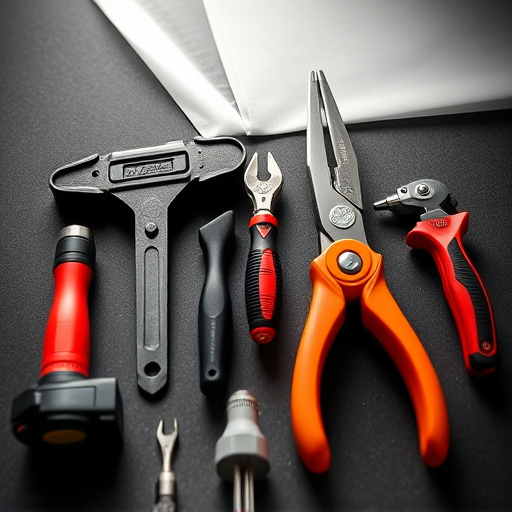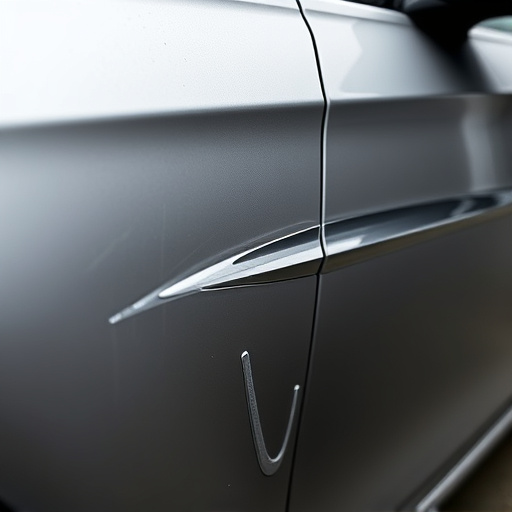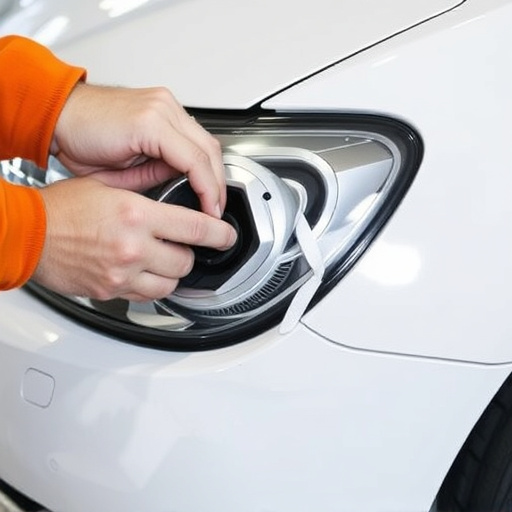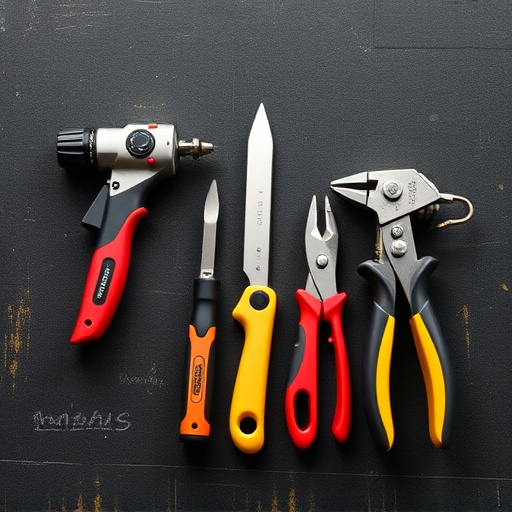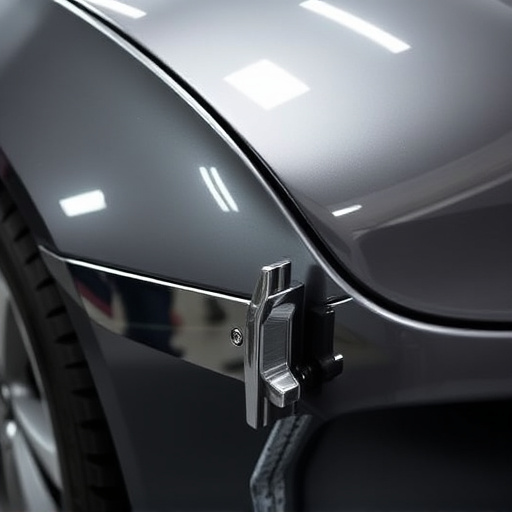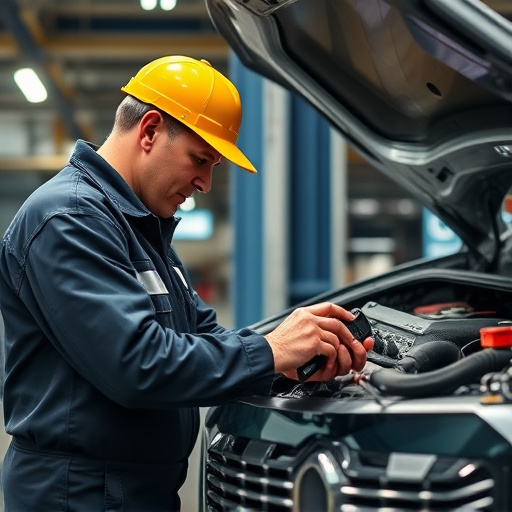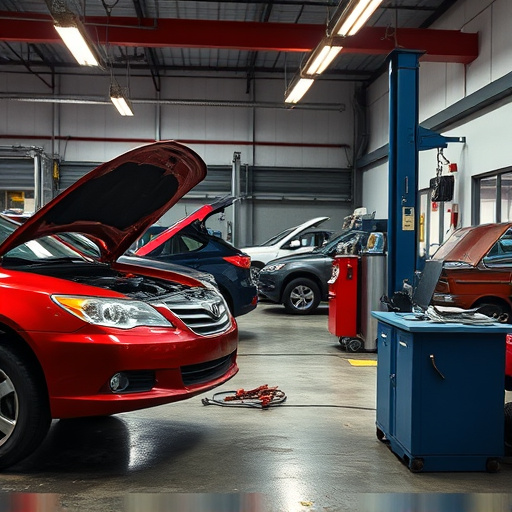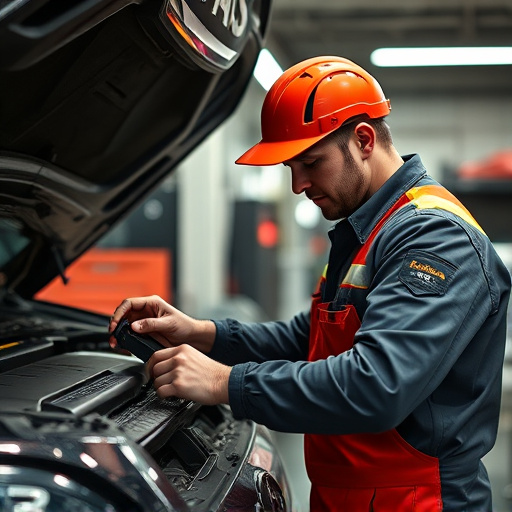Real-time monitoring technologies revolutionize eco-friendly collision repair by tracking emissions, waste, and resource use via advanced sensors and analytics. This data-driven approach enhances transparency, accountability, and sustainability in car dent removal and paint repair services, minimizing environmental harm and promoting recycling. Leading shops leverage these innovations to exceed expectations for eco-conscious practices, contributing to a greener automotive industry through efficient, sustainable repairs guided by live data.
In today’s environmentally conscious era, real-time monitoring of environmental impact during eco-friendly collision repair is not just a best practice but an imperative. Unveiling cutting-edge technologies enables efficient and sustainable vehicle restoration, ensuring minimal ecological disruption. Live data from these systems offers invaluable insights, optimizing green repair processes and reducing waste. Integrating sustainable practices in real-time monitoring isn’t just a strategy; it’s a step towards revolutionizing the automotive industry, making eco-friendly collision repair a reality.
- Unveiling Real-Time Monitoring Technologies for Eco-Friendly Collisions
- Benefits of Live Data During Green Repair Processes
- Strategies to Integrate Sustainable Practices in Real-Time Monitoring
Unveiling Real-Time Monitoring Technologies for Eco-Friendly Collisions
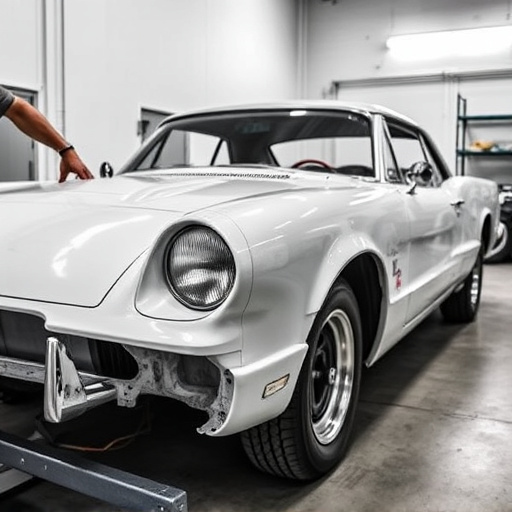
The advent of real-time monitoring technologies has revolutionized eco-friendly collision repair practices. These innovative tools enable precise, immediate assessments of environmental impact during automotive restoration processes. By integrating sensors and advanced analytics, collision repair shops can now track emissions, waste generation, and resource utilization in real-time, ensuring adherence to stringent ecological standards. This shift towards data-driven approaches fosters transparency and accountability in the industry, making eco-friendly car dent removal and car paint repair more effective and sustainable.
For instance, cutting-edge sensors can monitor volatile organic compound (VOC) emissions from paints and adhesives used in collision repair shops. Real-time data allows technicians to swiftly adjust their methods or choose alternative materials that minimize environmental harm. Additionally, these technologies facilitate efficient waste management by tracking scrap material generation, promoting recycling initiatives, and reducing the ecological footprint of such operations. As a result, leading collision repair shops are leveraging real-time monitoring to not only meet but exceed expectations for eco-friendly collision repair services.
Benefits of Live Data During Green Repair Processes
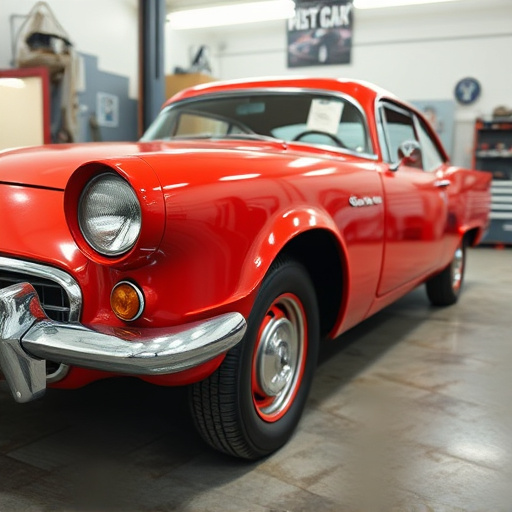
In the realm of eco-friendly collision repair, real-time monitoring through live data offers significant advantages. By utilizing advanced technology to track and analyze various parameters during green repair processes, professionals can make immediate adjustments to minimize environmental impact. This proactive approach ensures that eco-conscious practices are not just adopted but strictly adhered to, promoting sustainable vehicle paint repair and overall ecological preservation.
Live data enables efficient navigation through complex repairs, especially in cases of collision damage repair. It facilitates informed decision-making by providing instant insights into resource utilization, waste generation, and emissions. As a result, vehicle repair shops can optimize their operations, reduce the carbon footprint associated with traditional collision repair methods, and contribute to a greener future for the automotive industry.
Strategies to Integrate Sustainable Practices in Real-Time Monitoring

Integrating sustainable practices into real-time monitoring during eco-friendly collision repairs involves several strategic steps. One key approach is to utilize digital tools and sensors that can provide continuous data on material usage, energy consumption, and waste generation within the collision repair shop. These technologies enable managers to track progress towards sustainability goals in real-time, making adjustments as needed to minimize environmental impact. For instance, implementing smart inventory management systems ensures that only necessary materials are ordered, reducing waste from overstock.
Furthermore, adopting eco-friendly techniques like water recycling for cleaning processes and the use of biodegradable solutions can significantly lower the carbon footprint of a collision repair shop. Frame straightening methods that employ less energy-intensive equipment, such as hydraulic presses instead of traditional air-driven systems, also contribute to more sustainable operations. Luxury vehicle repairs, known for their intricate detail work, can benefit from these strategies by ensuring that every step aligns with environmental stewardship while maintaining high standards of craftsmanship.
The integration of real-time monitoring technologies in eco-friendly collision repair offers a promising path towards more sustainable automotive industry practices. By leveraging live data, professionals can make informed decisions, minimize environmental impact, and optimize green repair processes. With strategic implementation, these monitoring systems become powerful tools to drive the industry towards a more environmentally conscious future, ensuring a harmonious balance between repairing vehicles and preserving our planet.
